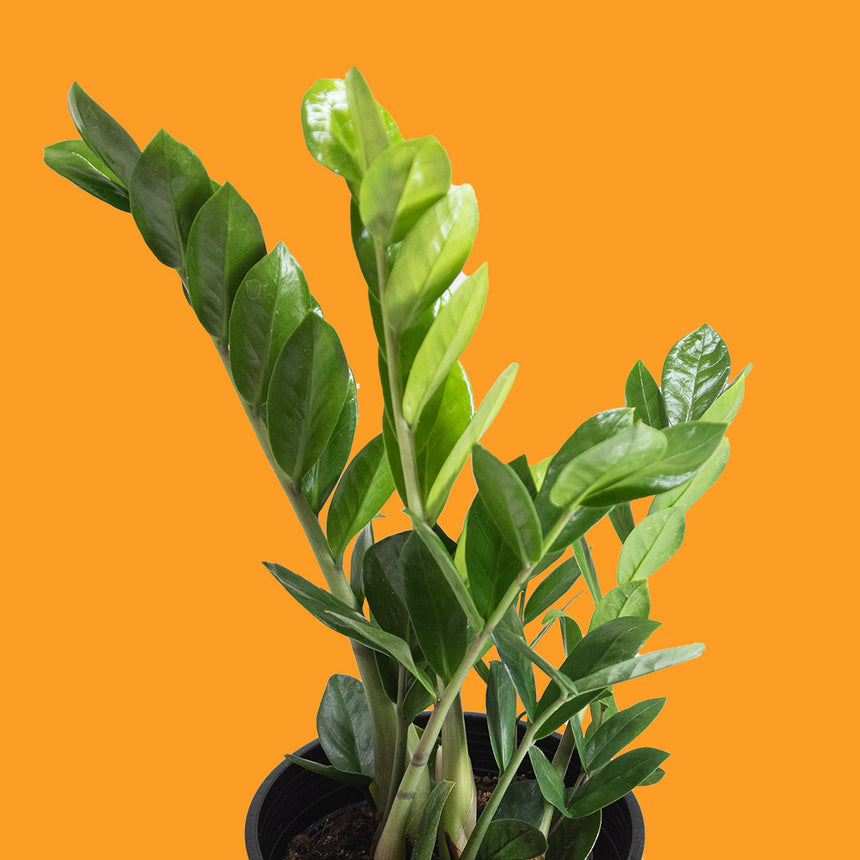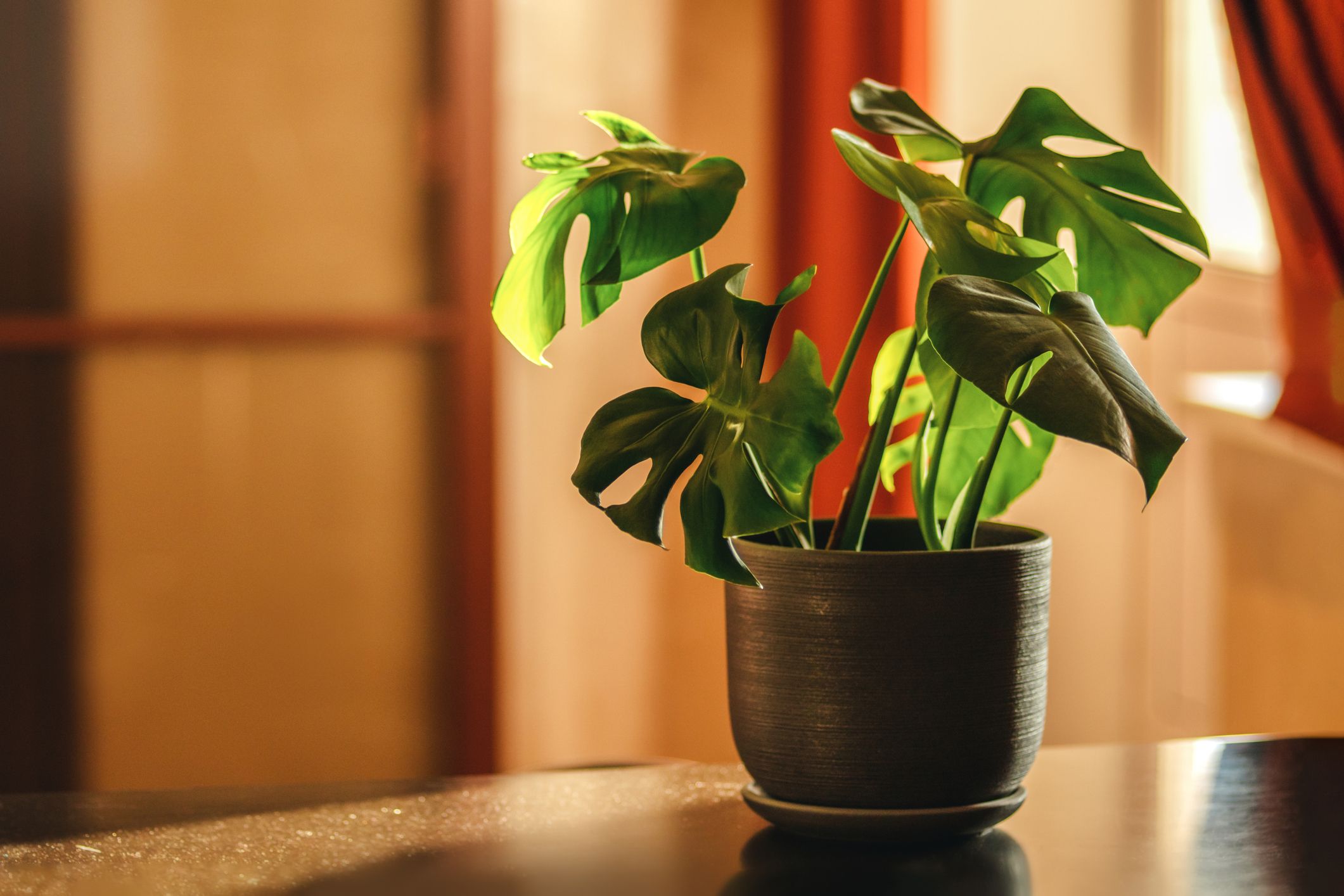Transform Your Home With Beautiful Low-Light Indoor Plants and Their Benefits
Integrating low-light indoor plants right into your home can substantially boost both the visual and ecological quality of your living areas. These plants, which grow in dim problems, serve not only as decorative elements but likewise as natural air purifiers, making them perfect for city residents or those with restricted sunshine direct exposure. As we discover the numerous types of low-light plants and their benefits, you might discover unexpected ways to incorporate them into your home that can change your surroundings in ways you may not have anticipated.
Benefits of Low-Light Plants
Low-light plants use various benefits for indoor environments, making them an outstanding choice for both novice and knowledgeable garden enthusiasts. Among the primary advantages is their versatility to low-light conditions, permitting people to enhance their living spaces without the requirement for comprehensive sunlight exposure. This particular makes them ideal for houses, offices, and other areas with minimal all-natural light.
:max_bytes(150000):strip_icc()/lowlightplants01-e6ce112597f74b538fc83e28a39bf23b.jpg)
Furthermore, incorporating low-light plants right into home décor can boost the visual appeal of an area. Their rich foliage and varied textures produce a relaxing ambience, adding to total well-being. Lastly, the presence of greenery has actually been connected to lowered stress degrees and boosted performance, making low-light plants a practical selection for boosting both physical and psychological health and wellness in interior setups.
Leading Low-Light Indoor Plants
While lots of indoor plants thrive in brilliant light, numerous species are specifically well-suited for low-light problems, making them perfect for numerous indoor areas. One popular option is the Snake Plant (Sansevieria), understood for its striking upright leaves and strength, calling for minimal treatment. An additional exceptional option is the Pothos (Epipremnum aureum), which includes heart-shaped leaves and can trail beautifully from shelves or wall mounts, thriving in low light and including a lush touch.
The ZZ Plant (Zamioculcas zamiifolia) is celebrated for its shiny fallen leaves and capacity to stand up to overlook, making it ideal for hectic way of lives. The Peace Lily (Spathiphyllum) not just tolerates reduced light yet additionally generates stunning white blooms, enhancing any room's aesthetic.
For a distinct touch, think about the Cast Iron Plant (Aspidistra elatior), which certainly measures up to its name, flourishing in the darkest corners of your home. Lastly, the Chinese Evergreen (Aglaonema) provides a range of leaf patterns and shades while being incredibly flexible in low-light problems. These plants not just improve interior settings yet additionally add to air filtration, boosting your space.
Treatment Tips for Low-Light Plants

Sprinkling practices are Full Article crucial; these plants usually like slightly dry problems. Overwatering can bring about root rot, so guarantee that the top inch of soil is completely dry prior to watering once again. Use pots with drainage holes to allow excess dampness to run away.
Moisture is another vital factor. Lots of low-light plants, such as brushes and peace lilies, take advantage of greater humidity levels. To raise moisture, think about misting the fallen leaves or placing a tray of water near the plants.
Fertilization needs to be approached with caution. Throughout the expanding season, make use of a diluted, well balanced liquid fertilizer every month to support development, yet prevent feeding throughout the dormant winter season.

Innovative Ways to Present Plants
Indoor plants can function as exciting prime focus in any kind of room, improving both visual allure and setting. Creative displays can raise the aesthetic effect of low-light plants, making them an indispensable component of your home design. One efficient approach is to use tiered plant stands, which enable you to display numerous plants at differing heights while taking full advantage of flooring right here room.
Hanging planters are another ingenious choice, developing a feeling of deepness and attracting the eye upwards. Take into consideration macramé wall mounts or wall-mounted racks to introduce an unique texture and design.
For an extra organized technique, usage geometric terrariums or glass containers to house your plants, including a contemporary touch to your indoor garden. You can also repurpose vintage things, such as teacups or wood dog crates, for a diverse display that mirrors your character.
Enhancing Home Ambiance With Plants
Incorporating low-light plants into your home not only boosts visual appeal yet likewise contributes significantly to the total atmosphere. These plants act as all-natural design components, introducing a sense of peace that can change any type of space. The presence of plant fosters a relaxing atmosphere, which is specifically valuable in high-stress atmospheres such as home offices or living areas.
Low-light plants, such as snake plants, pothos, and ZZ plants, are not only aesthetically pleasing however also enhance interior air quality by filtering system pollutants. This double feature improves the setting even more, creating a healthier space (Best low-light indoor plants). The tactical positioning of these plants can also influence the assumption of space; as an example, high plants can draw the eye upward, making ceilings show up greater and rooms a lot more spacious
Additionally, differing textures and shades of vegetation include depth to interior decoration, allowing for innovative expression in home designing. Whether positioned on racks, in edges, or as focal points, low-light plants can elevate the mood of any type of room. In recap, including these plants into your home is an efficient method to promote a cozy, welcoming ambience while reaping the advantages of improved air high quality and aesthetic convenience.
Verdict
Incorporating low-light indoor plants into home environments provides various benefits, including enhanced aesthetic appeal and improved air quality. These durable plants, such as the Serpent Plant and Tranquility Lily, require very little light and maintenance, making them suitable for diverse lifestyles. Their ability to filter pollutants adds to a much healthier home, while their different structures and colors enrich interior decor (Best low-light indoor plants). Inevitably, the incorporation of low-light plants promotes a tranquil and welcoming setting, changing any type of home into a tranquil sanctuary.
While several interior plants thrive in intense light, a number of species are particularly fit for low-light conditions, making them perfect for numerous indoor rooms. One efficient method is to utilize tiered plant stands, which allow you to display multiple plants at differing heights while making the most of flooring space.
Low-light plants, such Homepage as serpent plants, pothos, and ZZ plants, are not only visually pleasing but likewise improve interior air quality by filtering system contaminants. Best low-light indoor plants. The strategic positioning of these plants can also affect the perception of area; for circumstances, tall plants can attract the eye upward, making ceilings show up greater and spaces more roomy
These resilient plants, such as the Serpent Plant and Peace Lily, call for minimal light and upkeep, making them suitable for diverse way of livings.